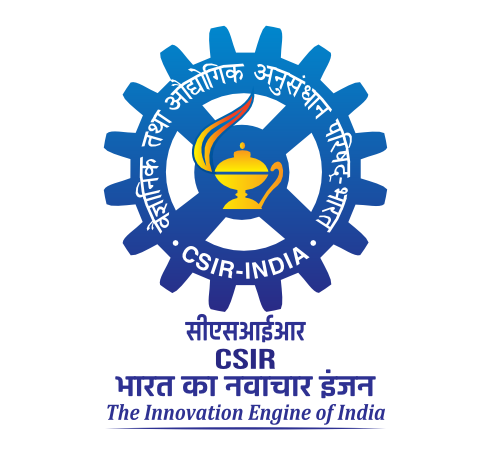Extrusion Technology and Glass Transition
Suvendu, Bhattacharya (2017) Extrusion Technology and Glass Transition. In: Non-Equilibrium States and Glass Transitions in Foods: Processing Effects and Product-Specific Implications. Elsevier Inc., pp. 137-152. ISBN 978-111893052-6
|
PDF
20250724165256260.pdf - Published Version Restricted to Registered users only Download (4MB) |
Abstract
The extrusion cooking technology is widely practiced in several food processing industries because of several technological and commercial advantages. These are continuous processing facilities, use of various ingredients, mixing, cooking and shaping in a single step, retention of nutrients due to a short time of processing, reduced labor, space and energy requirement, and the possibility of manufacturing in a cost-effective and hygienic manner. The commonly available extruded food products include different ready-to-cook (RTC) pasta products, ready-to-eat (RTE) expanded snacks, weaning foods, breakfast cereals, and texturized vegetable proteins (TVP). The process of extrusion cooking also offers the possibility of the new type of products, and the products possess a good shelf-life even when stored at the room temperature. The understanding of the glass transition phenomenon of extrusion feed and extruded products is helpful. © 2017 Elsevier Ltd. All rights reserved.
| Item Type: | Book Section |
|---|---|
| Uncontrolled Keywords: | Glass Transition, extrusion technology |
| Subjects: | 600 Technology > 08 Food technology > 07 Food Engineering |
| Divisions: | Food Engineering |
| Depositing User: | Somashekar K S |
| Date Deposited: | 23 Sep 2025 09:47 |
| Last Modified: | 23 Sep 2025 09:47 |
| URI: | http://ir.cftri.res.in/id/eprint/19838 |
Actions (login required)
 |
View Item |

